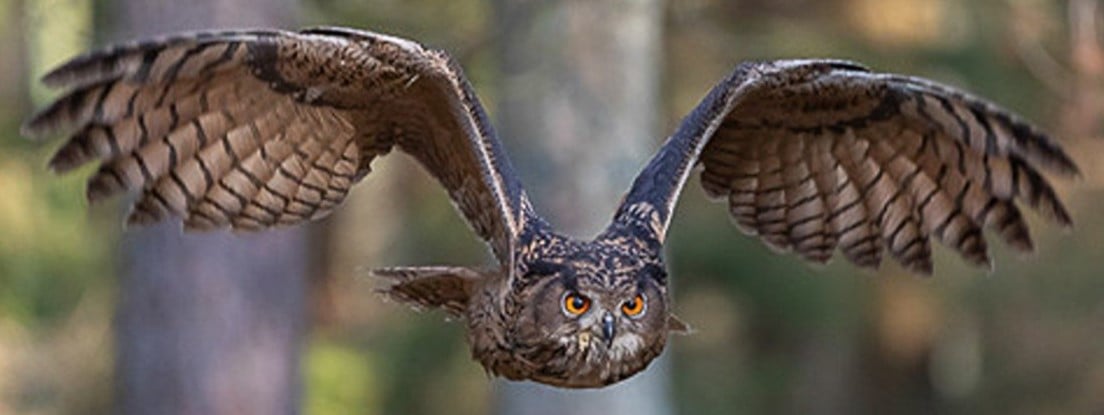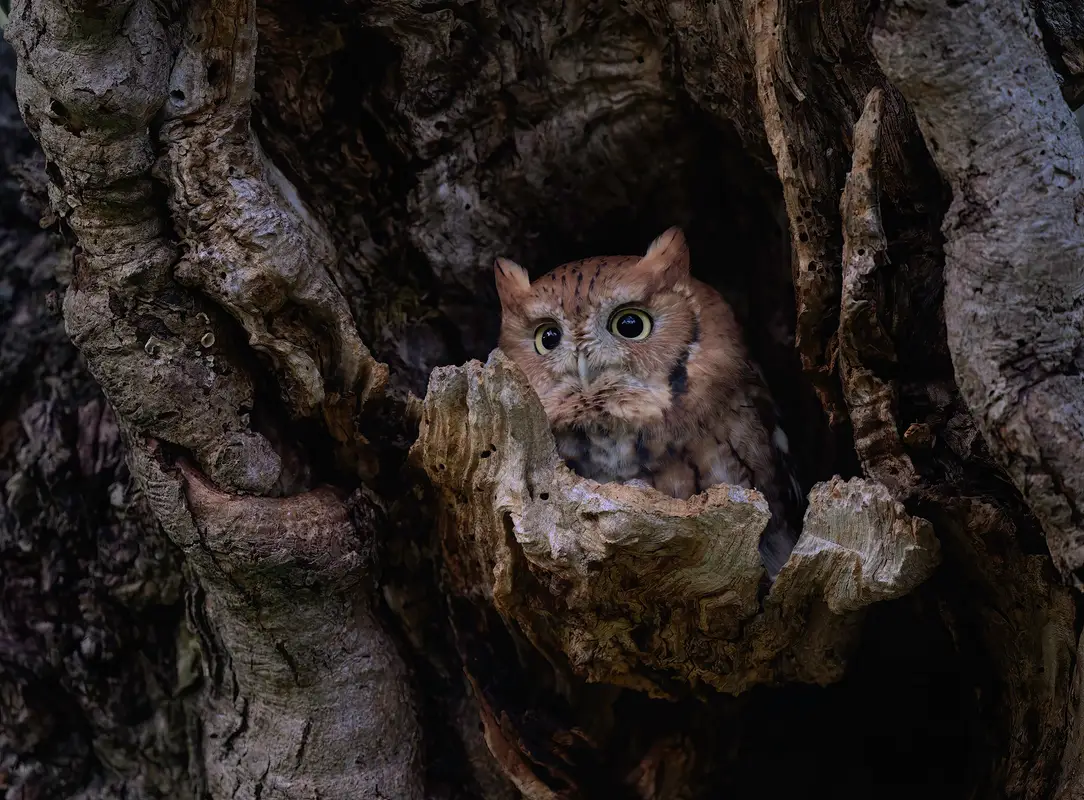Superbowl
For owls that are superb.

US Wild Animal Rescue Database: Animal Help Now
International Wildlife Rescues: RescueShelter.com
Australia Rescue Help: WIRES
Germany-Austria-Switzerland-Italy Wild Bird Rescue: wildvogelhilfe.org
If you find an injured owl:
Note your exact location so the owl can be released back where it came from. Contact a licensed wildlife rehabilitation specialist to get correct advice and immediate assistance.
Minimize stress for the owl. If you can catch it, toss a towel or sweater over it and get it in a cardboard box or pet carrier. It should have room to be comfortable but not so much it can panic and injure itself. If you can’t catch it, keep people and animals away until help can come.
Do not give food or water! If you feed them the wrong thing or give them water improperly, you can accidentally kill them. It can also cause problems if they require anesthesia once help arrives, complicating procedures and costing valuable time.
If it is a baby owl, and it looks safe and uninjured, leave it be. Time on the ground is part of their growing up. They can fly to some extent and climb trees. If animals or people are nearby, put it up on a branch so it’s safe. If it’s injured, follow the above advice.
For more detailed help, see the OwlPages Rescue page.
view the rest of the comments

They do find the best spots!
I wonder how intentional it is. I'm sure the irregular surface is beneficial for them blending in, but do they know this?
I really wonder. It would be interesting to set up some kind of simulation forest with different types of owl holes and see which ones are preferred by which types of owl edit: also with different species of tree, and maybe a man made owl-box for control
I found this, which looks to have just been published this year. Thinking about it more since commenting, I did remember one of the owls, I want to say the Dusky Eagle Owl, only nests in swan nests in one particular species of trees, or something along those lines as well.
Roost Selection and Behavior of the Long-eared Owl (asio Otus) Wintering in New Jersey
Also came across this study on GHOs changing roosting height to avoid biting flies. So it seems there is as much going into the thought about where they live as we put into where we choose to spend our time.
This is really cool!
Seems they're always one step ahead! There's always something new to learn about these guys. 😉